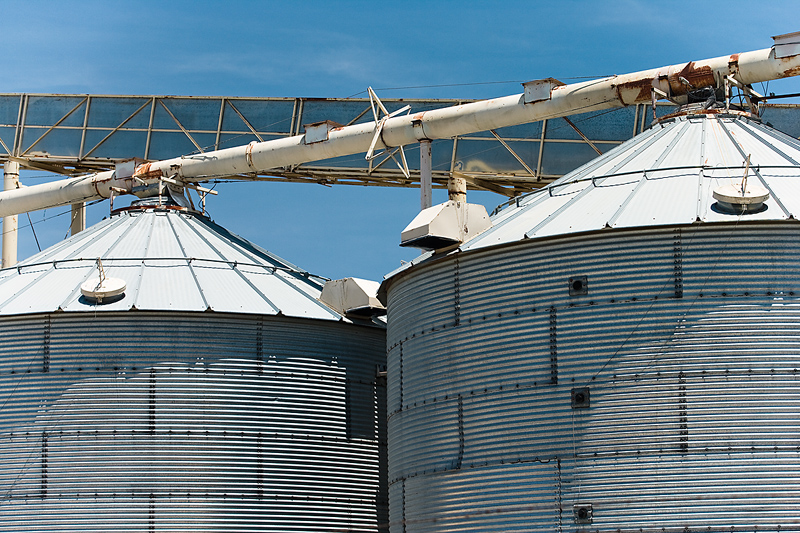Stored grain management vital to retaining quality, profit test
Stored grain management vital to retaining quality, profit test

Grain prices, while still fairly attractive, have taken a big hit in the past month. This could result in many corn producers holding grain they haven’t contracted in storage as they wait for the markets to rebound. Given the high commodity prices, it’s important for producers to preserve the crop’s quality by effectively managing stored grain, said Sam McNeill, extension agricultural engineer in the University of Kentucky College of Agriculture.
Cash prices at the grain elevators in Western Kentucky on Oct. 20 averaged around $6.40 per bushel for corn and around $12 per bushel for soybeans. With the average-size bin holding about 50,000 bushels of grain, the total value of grain in a bin is around $320,000 for corn and $600,000 for soybeans.
“Discounts of even a few cents can really add up for bins that size,” McNeill said. “For example, a discount of 5 cents per bushel could cost the producer $2,500.”
The following tips can help producers preserve grain quality and retain profits.
- Check several spots inside storage bins for insects, mold, grain temperature and moisture composition, weedy material and damaged kernels.
- Check outside bins for any evidence of rodents or insects. Clean up any spilled grain that could be an attractive food source for them.
- Keep grain within 5 to 10 degrees of the average outside monthly temperatures. The average temperature for October is around 60 degrees. In November, it’s around 50 degrees, and December’s average temperature is around 40 degrees. Running aeration fans once a month can help accomplish this.
- Inspect stored grain monthly to make sure the temperature and moisture within the bin remain stable. Moisture on the bin’s roof could be a sign of too much moisture.
- Keep grain out of the top cone of the bin as it can interfere with airflow.
- Educate all employees of the hazards associated with working in a grain bin. A good resource is available at county extension offices or on the UK Biosystems and Agricultural Engineering website, http://www.ca.uky.edu/agc/pubs/aen/aen39/aen39.pdf.
McNeill said storage costs will vary among producers but are averaging around 3 cents per bushel per month for corn and 5 cents for soybeans above the base cost of 40 cents per bushel. Producers can figure out their grain storage costs by using a decision tool available on the Iowa State Extension and Outreach website, http://www.extension.iastate.edu/agdm/crops/html/a2-33.html.
Biosystems Ag Engineering Crops Economics Extension


